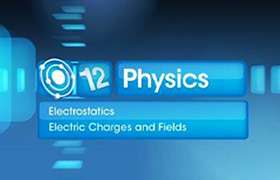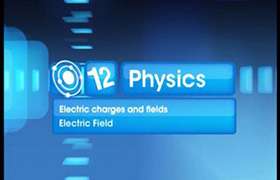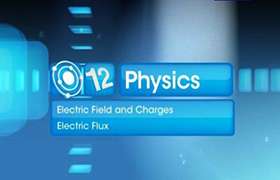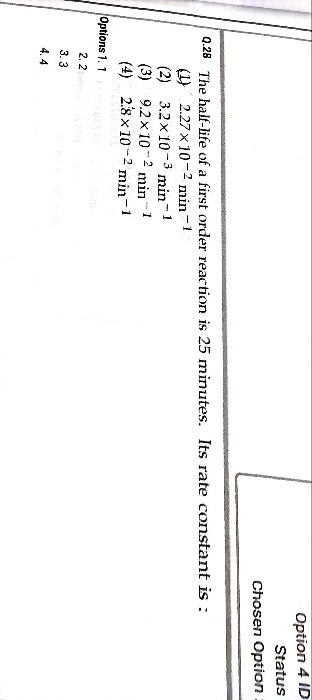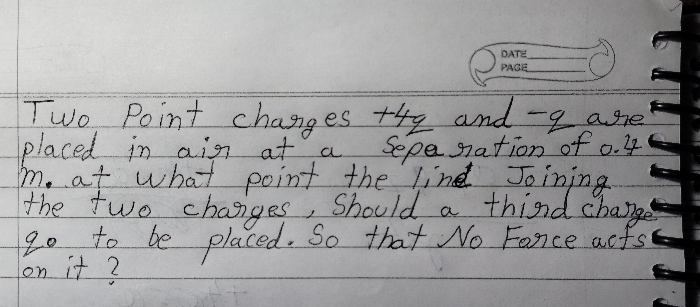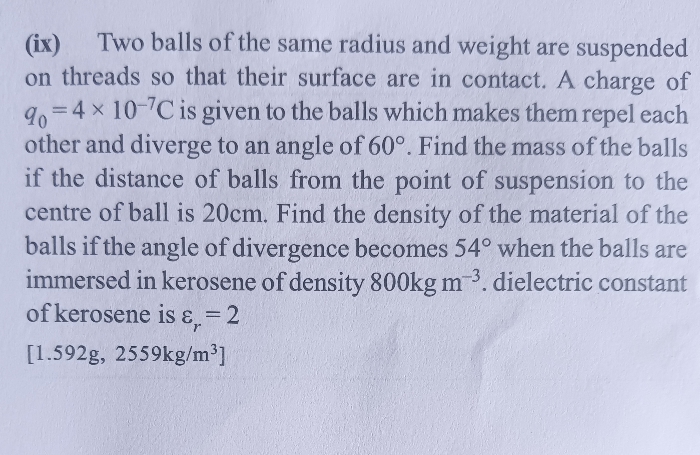CBSE Class 12-science Answered
Derive the expression for the current density of a conductor in terms of the conductivity and applied electric field. Explain, how the mobility of electrons in a conductor changes when the potential difference applied is doubled, keeping the temperature of the conductor constant.
Asked by lekhakarthikeyan | 20 Aug, 2018, 12:01: AM
In a conducting solid, an electron will suffer collisions with fixed heavy ions. After collisions,
electron will emerge with same speed, but direction changes randomly. If we consider
N number of electrons in a given volume, since directons are changed randomly due to collisions,
average velocity of N electrons will be zero.
This is expressed as  .................(1)
.................(1)
 .................(1)
.................(1) If electrons are accelerated by electric field E, then acceleration is given by, a = -eE/m ..........(2)
Let us consider an ith electron in a group of N electrons at a given time t.
Let us assume after a previous collision, speed of this ith electron is vi and there is an elapsed time ti after collision.
Speed Vi of this ith electron at time t is given by, Vi = vi - (eE/m)ti ...............(3)
Average velocity of electrons at time t is average of all Vi of each electron in the group we have considered.
In eqn.(3), average of vi appearing on left side is zero as mentioned in eqn.(1).
Collisions of elecrons do not occur at regular intervals but at random time. Let us denote the average
time between successive collisions as τ.
Then averaging eqn.(3) over N electrons at any given time t gives us average velocity vd, as given by
vd 

 ............................(4)
............................(4)vd is called drift velocity. Due to drift, there will be net transfer of charges across any area perpendicular to Electric field E.
Consider a planar area A, located inside the conductor such that normal to area is parallel to Electric filed E.
Then because of drift, in an infinitesimal amount of time Δt, all electrons to the left of the area at distances
upto |vd|Δt would have crossed the area. If n is number of free electrons per unit volume in the metal,
then there are nΔt|vd|A such electron. Since each electron carry a charge -e, the total charge transported
across this area A to the right in time Δt is -neA|vd|Δt.
Flow of charge per unit time across an area A is the magnitude of current I.
Then we have, I = neA|vd| ..................(5)
by substituting vd from eqn.(4) in eqn.(5),  ..............................(6)
..............................(6)
 ..............................(6)
..............................(6)Current density J is defined as, J = I/A, where I is the current flowing in a cross section area A.
hence eqn.(6) is written as, J = σE, where conductivity σ is expressed as 

-----------------------------------------------------
mobility μ is the drift velocity per unit electric field, hence we write,  ...........(7)
...........(7)
 ...........(7)
...........(7)In eqn.(7) we used the relation for drift velocity from Eqn.(4).
Potenital difference changes the Electric field, but this change will not affect mobility as per eqn.(7)
Answered by Thiyagarajan K | 22 Aug, 2018, 04:49: PM
Concept Videos
CBSE 12-science - Physics
Asked by dasrituparna1999 | 13 Apr, 2024, 06:56: AM
CBSE 12-science - Physics
Asked by dasrituparna1999 | 12 Apr, 2024, 09:26: PM
CBSE 12-science - Physics
Asked by mishrigupta19319 | 08 Apr, 2024, 06:28: PM
CBSE 12-science - Physics
Asked by madhav9119887644 | 07 Apr, 2024, 08:10: PM
CBSE 12-science - Physics
Asked by mishrigupta19319 | 07 Apr, 2024, 11:23: AM
CBSE 12-science - Physics
Asked by adityagalar2007 | 06 Apr, 2024, 01:06: PM
CBSE 12-science - Physics
Asked by amlanmcob | 06 Apr, 2024, 12:27: PM
CBSE 12-science - Physics
Asked by hussain221man | 05 Apr, 2024, 08:44: PM
CBSE 12-science - Physics
Asked by mishrigupta19319 | 05 Apr, 2024, 12:01: PM
CBSE 12-science - Physics
Asked by manishamunda787 | 02 Apr, 2024, 11:07: AM

